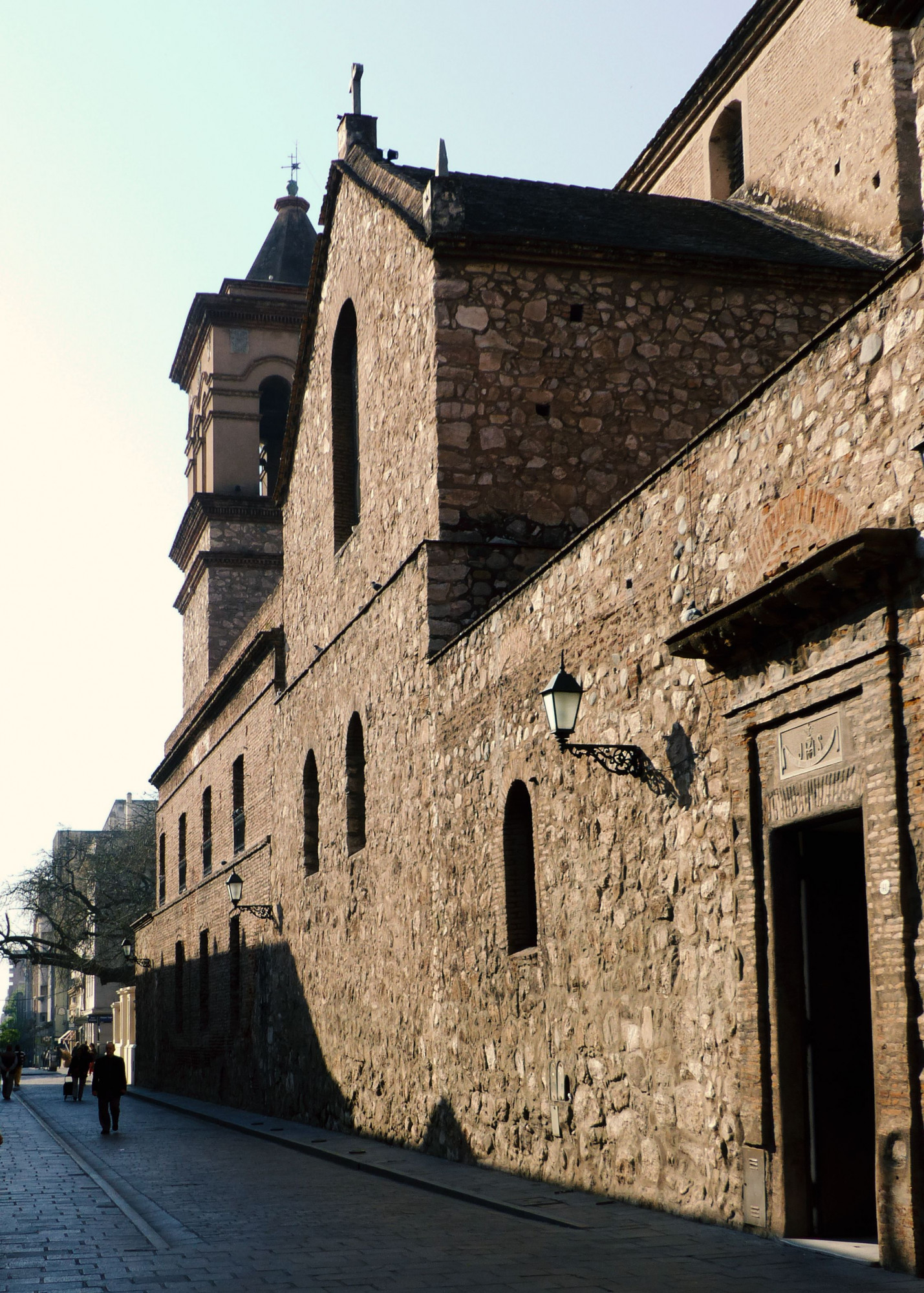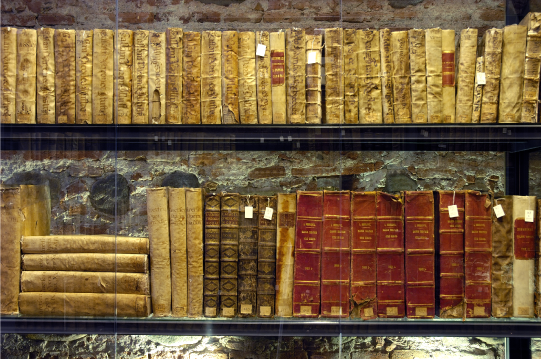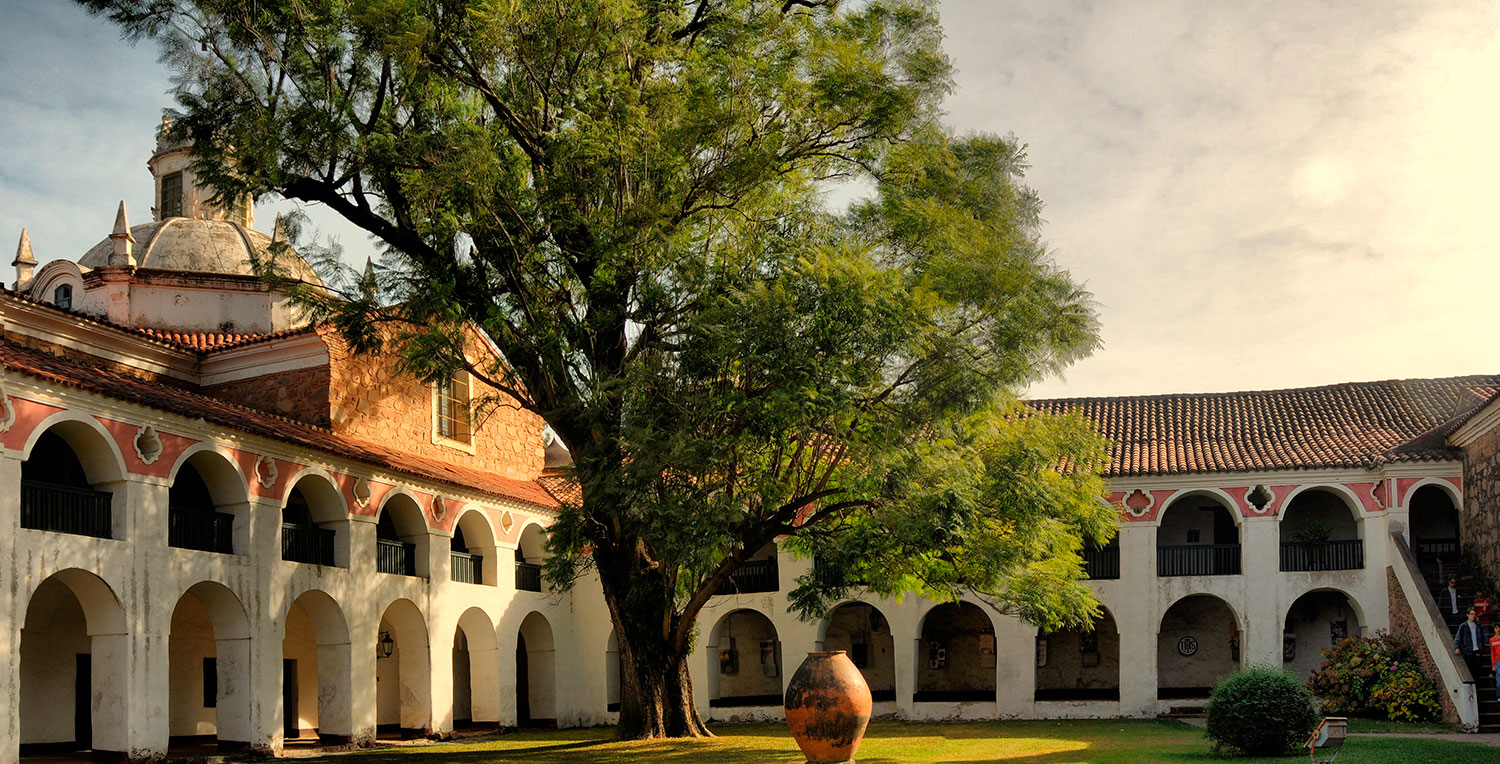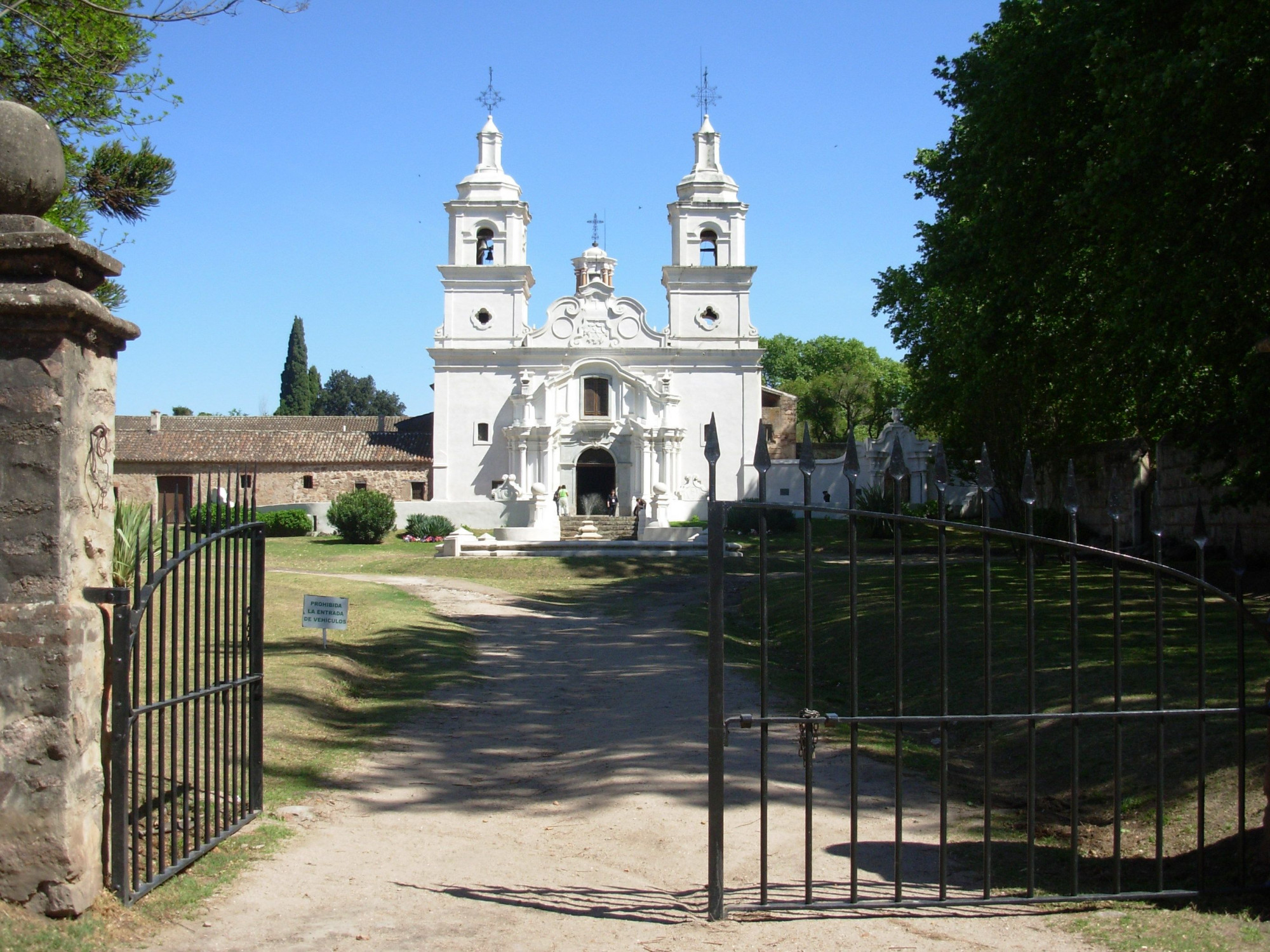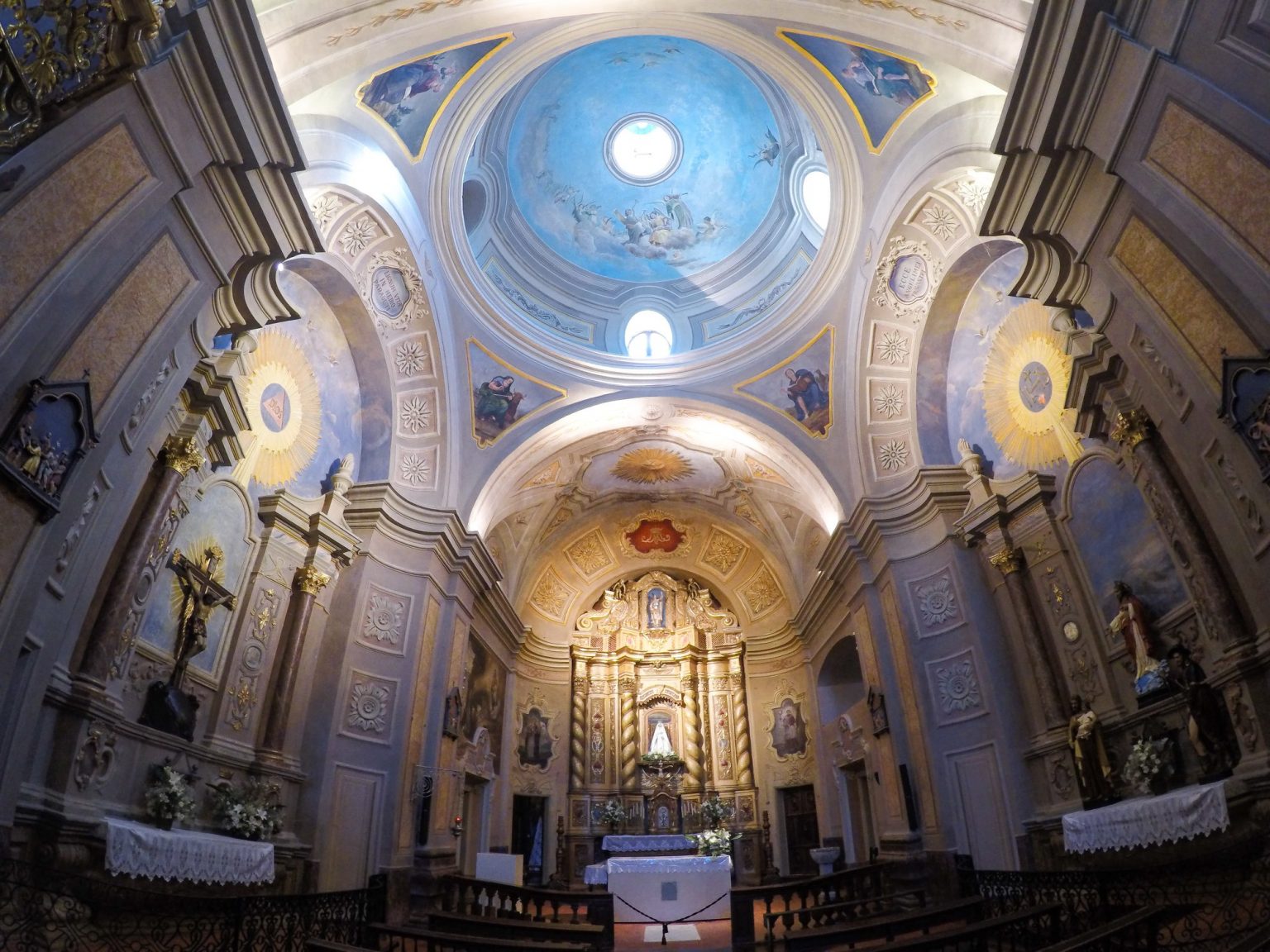The presence of the Society of Jesus in the current province of Córdoba, Argentina, begun in 1599, has left important architectural traces, which today are part of the so-called Camino de los Jesuitas, a route that in its entirety encompasses the current republics of Argentina, Bolivia, Uruguay, Paraguay and Brazil, bringing together 42 sites declared World Heritage by UNESCO, both natural, cultural, material and intangible.
In the geographical space that includes the Argentine “Docta” you can visit the Jesuit block of its capital city -the construction work began in 1608- which includes the university, the church, the residence of the Jesuit fathers and the Montserrat school, and six rooms: Colonia Caroya (1616), Jesús María (1618), Santa Catalina (1622), Alta Gracia (1643), La Candelaria (1683) and San Ignacio (1725), the latter, whose old town is located in the vicinity of Santa Rosa de Calamuchita was not included among the assets that are part of the World Heritage Site due to the deterioration that irreversibly punished it.
In the heart of the historic center of Córdoba -in the block between Av. Vélez Sarsfield and Duarte Quirós, Obispo Trejo and Caseros streets- is this Jesuit complex that includes the Church of the Company, the Domestic Chapel, the Residence of the parents , the Rectorate of the National University of Córdoba (former Colegio Máximo de la Compañía de Jesús) with its administrative offices, Cloister, Hall of Degrees and Main Library, and the Colegio Nacional Monserrat.
In the Greater Library there is a wonderful bibliographic heritage made up of the copies that were preserved from the old Great or Greater Library, inaugurated in 1613, which came to gather some five thousand volumes with all the spiritual and scientific knowledge of the time, until that due to the expulsion of the order in 1767, it remained in the power of the Board of Temporalities and later in the Convent of Preachers, dismembering in 1812 when the National Government Board ordered that a part of those books be sent to Buenos Aires Aires to give rise to the National Library. Finally, the latter returned in 1999 and today they are exhibited with great care and appreciation in the equipped rooms of the Historical Museum of the National University of Córdoba.
For the province
If we decide to visit the Jesuit estancias, we will enter into the life of those religious committed to the evangelization of the "infidels" and also to their training in trades, training them to work in textile workshops, blacksmith shops, carpentry shops and other workshops, and even in livestock activities. Despite their training, that aboriginal workforce did not cover all the needs and the Jesuits obtained authorization to acquire black slaves, who joined in such work, many of them being skilled horsemen - it is known that they were even appointed foremen - who they have been included among the precursors of the gaucho.
In Alta Gracia -located just 40 kilometers southwest of the city of Córdoba- you will find the Estancia Jesuítica National Museum and the Casa del Virrey Liniers. The preserved building shows us in the church an architecture influenced by the late Italian Baroque. The residence -built in the shape of an L- is also preserved where the museum is located with an important collection of objects from the 17th to the 19th centuries.
Towards the north of the capital city, just 50 kilometers away, we located the Caroya ranch, today located in the town of Colonia Caroya, which was the first ranch of the Society of Jesus in the territory of Cordoba. There a museum awaits you with your guided tour. Barely separated by 4 kilometers we find the Jesús María Jesuit farm, dedicated in its day to wine production. Today you can visit the church, the residence, the winery, the remains of the old mills, the perchel and the tajamar. The estancia is a national museum.
A few kilometers further north is the Estancia de Santa Catalina; the largest architectural complex built by the Jesuits outside the city of Córdoba. In its heyday, under the control of the members of the Society of Jesus, it gathered thousands of heads of cattle, sheep and mules, and vineyards and fruit trees, in addition to the church with its two towers, the patios, the workshops - a smithy, a carpentry and the fulling mill-, the tajamar, the orchards and the rancherías. Touring these facilities accompanied by a local guide is the best way to learn stories and anecdotes of daily life documented in the chronicles of the time and verified by modern studies.
In this route of the Jesuit estancias, culture and tourism go hand in hand. In their time, the estancias fulfilled an important mission as providers of goods for commercialization, we refer to live cattle and mules -the Jesuits developed real economic organizations-, goods for their own consumption -for example, beef, and even wine- and even raw materials for the production in their workshops, in reference to the wool that was spun, dyed and woven in the workshops run by the parents trained in these trades, or the leathers that in those skilled hands were they turned into seats, hip flasks and other household goods.
In 1767, a royal order ordered his expulsion from all the territories of the Hispanic crown; Applied without delay, their removal caused a gradual deterioration of those facilities and production centers. Put in value again, visiting them is opening a window to that past that today is rewritten with other perspectives. In the middle of the summer break, we offer you a breeze of culture that enriches your leisure time.
For more information: www.caminodelosjesuitas.com
